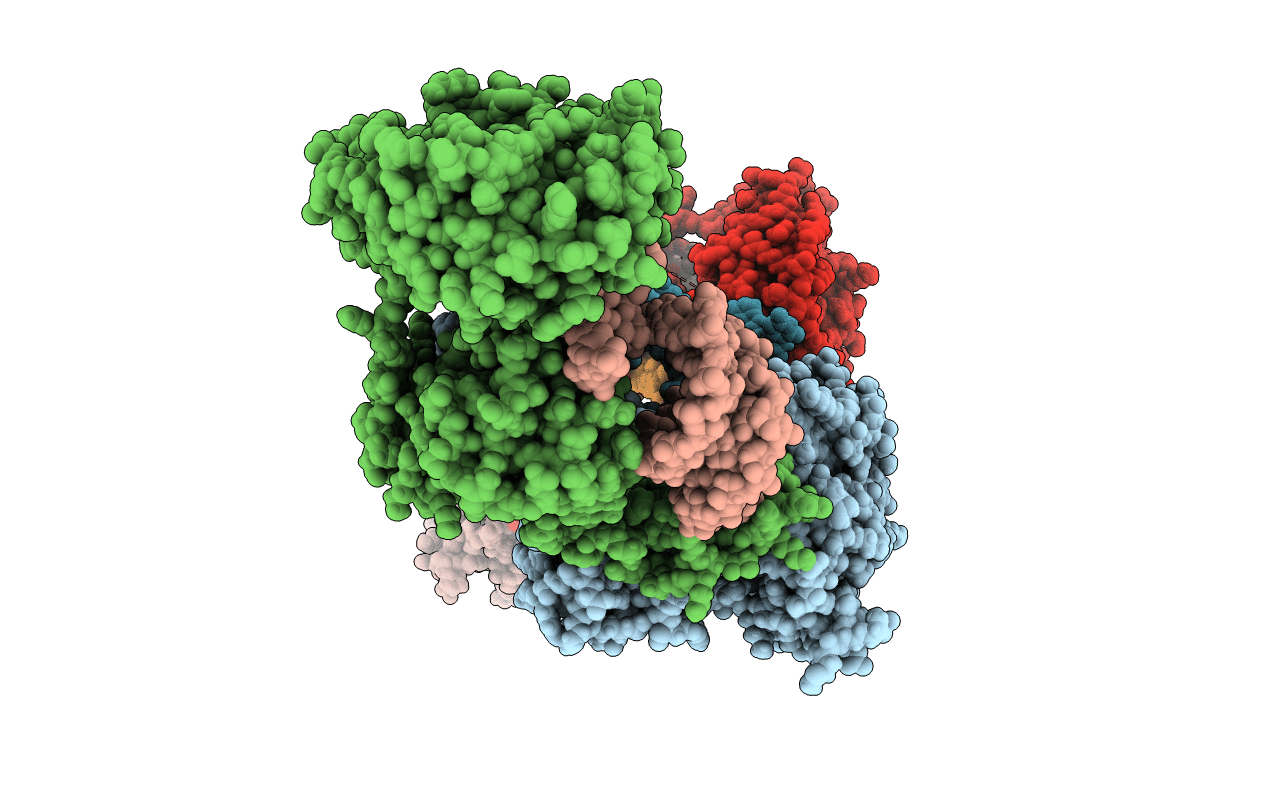
Deposition Date
2014-12-03
Release Date
2015-02-11
Last Version Date
2023-12-27
Entry Detail
PDB ID:
4X4P
Keywords:
Title:
Crystal structure of the A.fulgidus CCA-adding enzyme in complex with a G70A arginyl-tRNA minihelix ending in CCAC
Biological Source:
Source Organism:
Host Organism:
Method Details:
Experimental Method:
Resolution:
3.00 Å
R-Value Free:
0.27
R-Value Work:
0.22
R-Value Observed:
0.22
Space Group:
P 1


